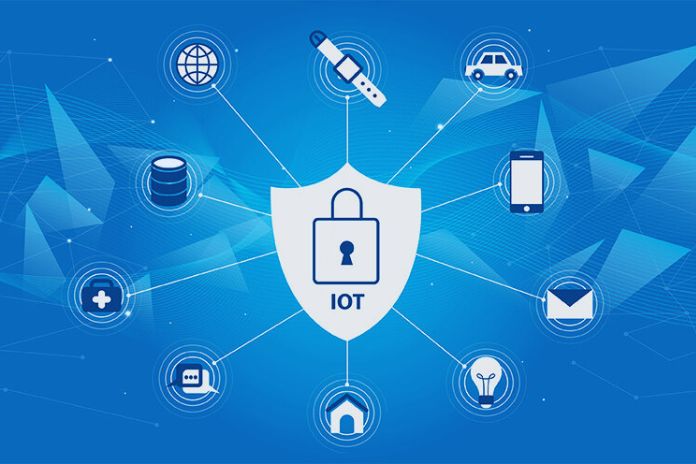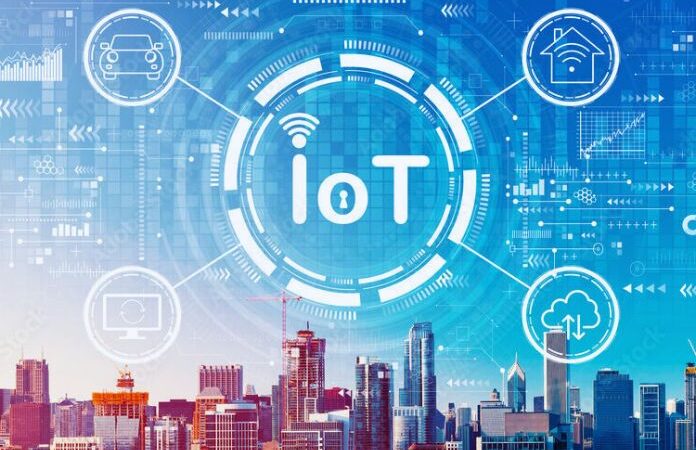What Is The IOT, And How Do You Secure IoT Devices?

Table of Contents
What is meant by the Internet of Things?
IoT (Internet of Things) is the name given to the multitude of interconnected items through the Web. These days, there are various sorts of “brilliant gadgets” associated with the Web: vehicles, surveillance cameras, drones, lighting frameworks, home devices, furniture, garments, sex toys, remote helpers (like Alexa, Siri, and Google), and different gadgets utilized in by far most homes, like televisions, tablets, PCs, smartwatches, and cell phones.
The distinction between intelligent and ordinary gadgets is that smart gadgets require your information and gather data about your behavior to offer you help and adjust to your necessities. This data is put away in the cloud, beyond our reach. Hence, living in an undeniably associated society can work on personal satisfaction. In any case, it likewise involves a more severe gamble of being a casualty of programmer assaults because of low degrees of safety. Subsequently, one out of four cyberattacks is coordinated against IoT gadgets. The main risk of IoT is its vulnerability to security due to:
- Every device connected to a WiFi network is susceptible to attack.
- Lack of user awareness of the connected technological device
- Devices are exposed to access by unauthorized third parties to confidential or sensitive data such as financial information, passwords, emails, etc.
To prevent connected devices from being attacked and your private data from being compromised, it is advisable to apply the following security measures. Keep all your IoT devices up-to-date. This function is not done automatically, so checking the Internet for new versions and updating them manually is necessary.
- Keep your antivirus updated and schedule autorun in your settings to avoid possible oversights.
- Change the default passwords (for devices with Internet access) to more secure and personalized ones. It also changes the router’s default password.
- Choose a different password for each device. And to access connected devices, use two-step verification whenever possible.
- Turn off the Plug and Play (also known as “Universal Plug and Play” or UPnP) option, both on your router and on your devices, because it is usually turned on so that they automatically connect to the router.
- Use tools or search engines to determine if the user has an Internet-connected device with a security flaw.
- Do not use public WiFi networks to access devices at home.
- Find out what data companies collect about you. Read the privacy policies for each device. Be especially careful about what companies collect “for future use.” Review the collected data periodically and delete it if you don’t want it in your history.
- Check your privacy settings. Pay special attention to settings that are “on” by default.
Zero risk doesn’t exist; in any case, you can continuously learn methodologies and excellent practices to safeguard your information and gadgets associated with the Web and keep them from being open to outsiders.
What Does The Future Hold For IoT?
Greater Attention To Safety
Due to the scale and complexity of the Internet of Things, IoT gadgets can be subjected to cyberattacks and data breaks. The advanced region barely sees this perspective and is endeavoring to give more unmistakable security to clients. Afterward, we will see more significant usage of introduced or beginning-to-end security plans like counterfeit cognizance, blockchain, and edge-figuring deals with IoT devices.
More Healthcare Applications For IoT
Post-coronavirus, IoT clinical gadgets, and IoT medical services systems will expect a more focal occupation than ahead of time. Specialists have expected an IoT change inside the clinical thought industry soon, and the pandemic has, as of late, sped up its new development. A consistently expanding number of clinical visits are happening through teleconsultations, and we are seeing the rise of remote checking game plans and wearable IoT-canny gadgets, for instance, heart screens and sensors.
The Rise Of Smart Cities
Cities worldwide are progressively shifting their focus to imaginative advancements to work on their functional productivity, share data with residents, and furnish residents with better help and administration.
Also Read: Ergonomic Keyboard: 5 Keyboards For Long Working Hours






